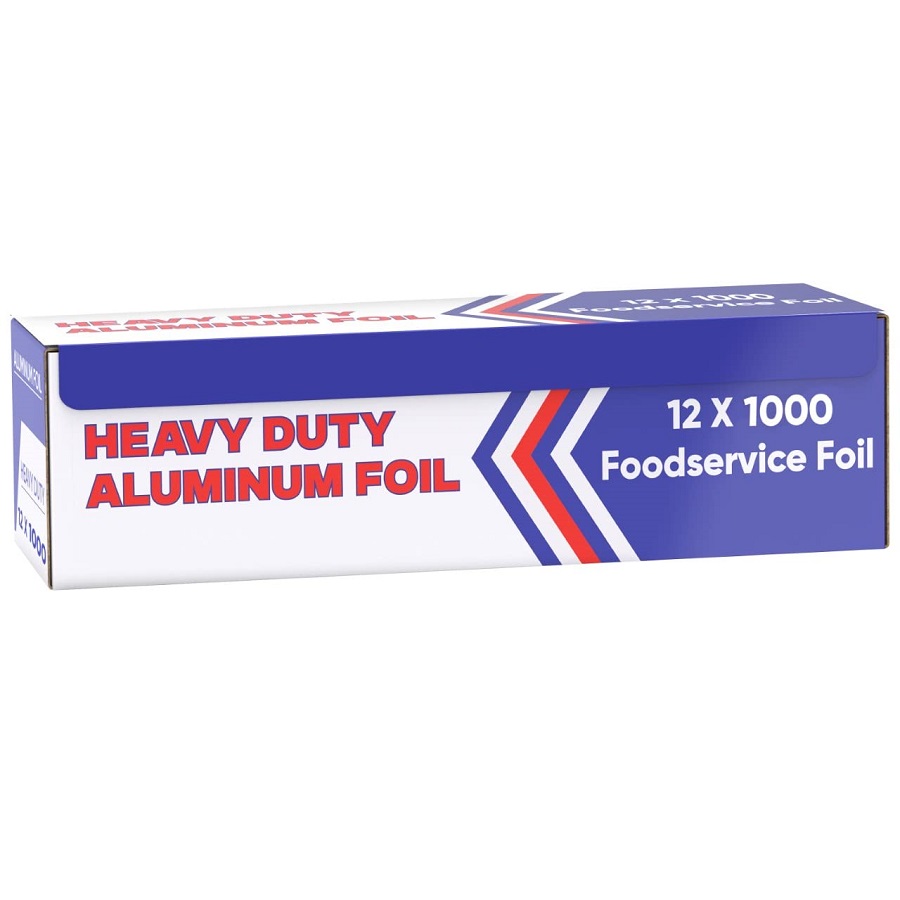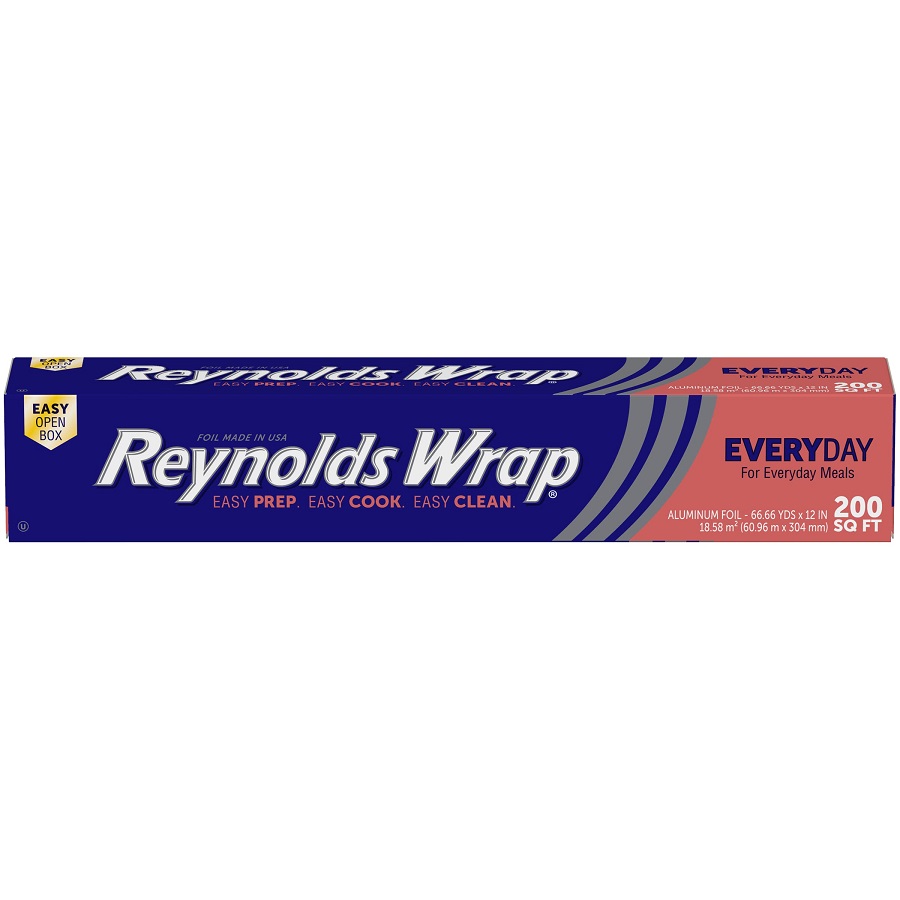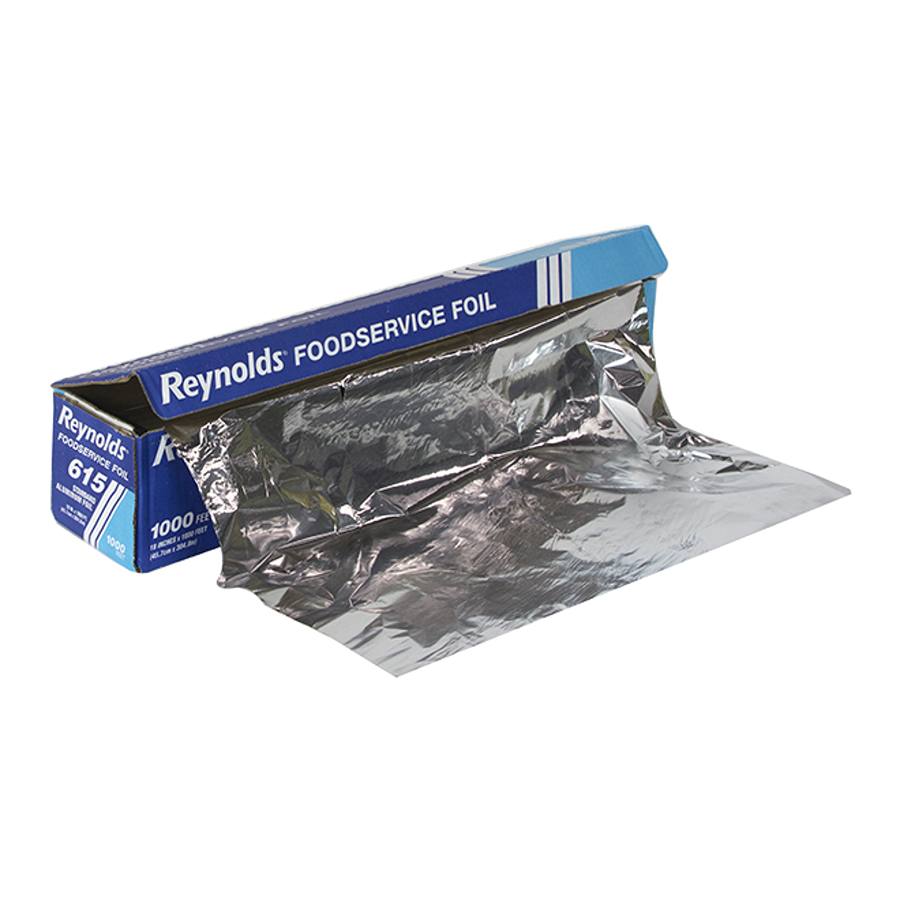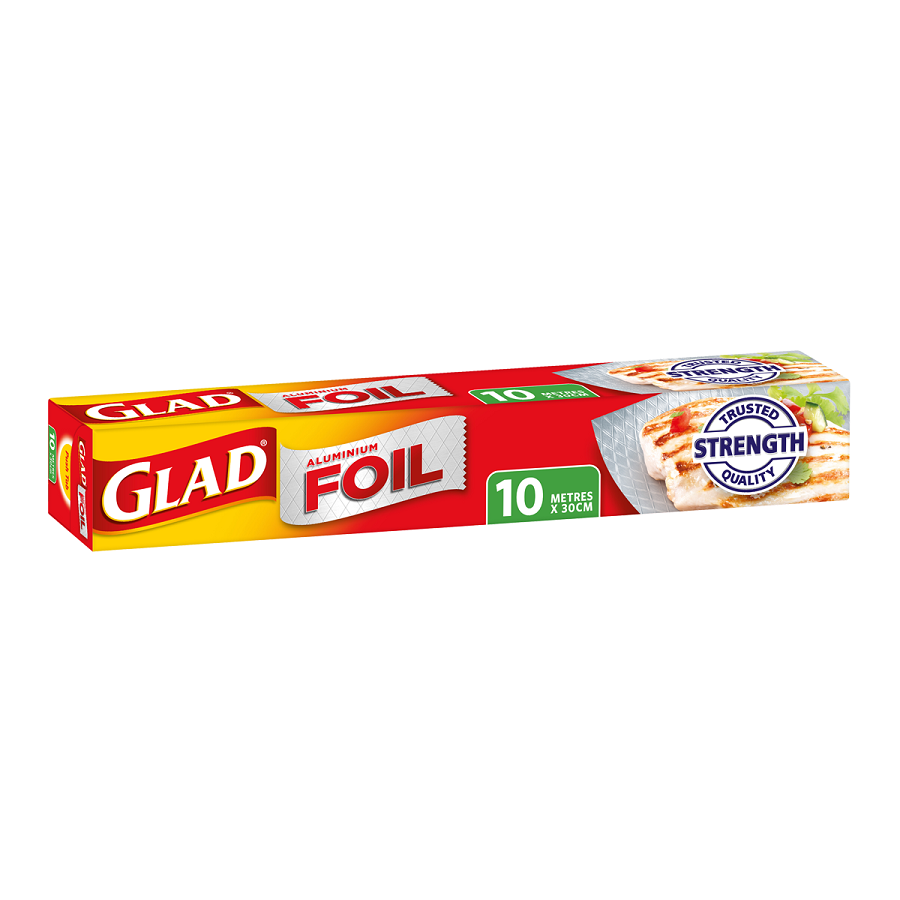Introduction
Aluminum foil vs tin foil – In the realm of kitchen essentials and packaging materials, aluminum foil and tin foil have been subjects of confusion and misconception for many. Although they are often used interchangeably, there are significant differences between these two materials that go beyond their names. This article aims to clarify those disparities by delving into their composition, properties, uses, and environmental impacts.

Composition and History
Tin Foil: Historically, tin foil was the predecessor to the modern aluminum foil we know today. It was made from thin sheets of pure tin, a soft, silvery-white metal known for its malleability and resistance to corrosion. Tin foil was widely used in the 19th and early 20th centuries for food wrapping and insulation purposes. However, due to tin’s costliness and the advent of more cost-effective alternatives, it gradually fell out of common use.
Aluminum Foil: Aluminum foil, also called tin foil colloquially, is made primarily from aluminum, a lightweight, abundant, and highly conductive metal. First produced commercially in the early 20th century, it quickly gained popularity due to its cheaper production costs, greater durability, and versatility compared to tin foil. Today, aluminum foil is an omnipresent item in kitchens worldwide and is also widely used in industrial applications.
Properties and Characteristics
Thickness and Strength: Aluminum foil is generally thinner than historic tin foil while maintaining superior strength and tear resistance. This makes it ideal for wrapping foods tightly without puncturing or tearing easily.
Heat Conductivity: Both metals are excellent conductors of heat, making them useful for cooking and baking applications. However, aluminum’s higher thermal conductivity allows it to distribute heat more evenly when used in cooking, making it a preferred choice for grilling, roasting, and freezing applications.
Corrosion Resistance: While tin is known for its resistance to corrosion, aluminum forms a natural oxide layer when exposed to air, which further protects it from rust and degradation. This property ensures that aluminum foil can safely store food without contaminating it with metallic flavors or toxins.
Uses and Applications
Food Packaging and Cooking: Aluminum foil is the go-to material for wrapping and storing food due to its non-toxicity, heat resistance, and ability to retain moisture and flavor. It is commonly used for lining baking trays, wrapping sandwiches, and preserving leftovers. In contrast, genuine tin foil is now rarely used in food applications due to cost and availability issues.
Industrial and Manufacturing: Beyond the kitchen, aluminum foil finds extensive use in industries like pharmaceuticals for packaging medications, electronics for insulation and shielding, and construction for thermal insulation and noise reduction. Tin foil, historically, had similar applications but has largely been replaced by aluminum or other materials.
Environmental Impact
Both aluminum and tin are recyclable metals; however, aluminum has a clear advantage in terms of sustainability. Aluminum can be recycled indefinitely without losing its quality, making it a highly回收able resource. Many communities have established recycling programs specifically for aluminum products. While tin is also recyclable, its lower usage in modern times means fewer dedicated recycling streams.

Material Properties
Aluminum Foil:
- Composition: Made primarily from aluminum, a lightweight, silvery-white metal known for its excellent conductivity of heat and electricity.
- Durability: More durable and less prone to tearing compared to traditional tin foil. It can withstand higher temperatures without degrading.
- Malleability: Highly malleable, allowing it to be easily shaped around food items or cooking vessels.
- Corrosion Resistance: Resistant to corrosion, ensuring that it does not react with most foods, preserving flavor and preventing contamination.
Tin Foil:
- Composition: Historically made from thin sheets of tin, a soft, silvery-white metal.
- Durability: Less durable and more prone to punctures and tears. It also corrodes more easily when exposed to certain foods and moisture.
- Malleability: Offers malleability, but not to the same extent as aluminum foil, which can limit its shaping capabilities.
- Corrosion Resistance: Tin is less resistant to corrosion than aluminum, especially when in contact with acidic foods, which can lead to off-flavors and potential contamination.
Cooking Applications
Aluminum Foil:
- Heat Conduction: Its high thermal conductivity makes it ideal for even heat distribution, perfect for roasting, grilling, and baking.
- Food Preservation: Used to wrap food for storage, preventing moisture loss and retaining freshness.
- Cleaning Ease: Non-stick properties make it easy to clean up after use, reducing cookware stains and messes.
Tin Foil:
- Historical Usage: Traditionally used for wrapping food, especially candies and cigarettes, due to its ability to provide a barrier against air and light.
- Limited Modern Application: Given its limitations, tin foil is rarely used in modern cooking, having been supplanted by aluminum foil.
Safety Concerns
Aluminum Foil:
- Health Risks: There are concerns about aluminum leaching into food, particularly with acidic foods cooked at high temperatures. However, studies suggest the levels are generally considered safe for consumption.
- Handling Precautions: It’s recommended to avoid regular high-temperature cooking with aluminum foil to minimize any potential health impacts.
Tin Foil:
- Historic Health Concerns: Tin foil posed a greater risk of tin poisoning when used with acidic foods, leading to its decline in culinary use.
- Modern Relevance: As tin foil is no longer commonly used for cooking, these safety concerns are mostly historical.
Environmental Impact
Aluminum Foil:
- Recyclability: While aluminum is highly recyclable, the process requires significant energy. However, recycling rates are relatively low, and improper disposal can contribute to environmental pollution.
- Sustainability Concerns: The production of aluminum involves resource-intensive processes that can have detrimental environmental effects.
Tin Foil:
- Rare Usage: Due to its limited contemporary application, tin foil’s environmental impact in cooking is negligible.
- Recycling: If encountered, tin foil can be recycled, but facilities may be scarce compared to those for aluminum.

A Tale of Two Metals: Tin vs. Aluminum
Tin Foil: A Historical Perspective
Tin foil, as the name suggests, was originally made from thin sheets of tin. It dates back to the 17th century when it was primarily used for packaging foods, particularly by confectioners and pharmacists due to its malleability and ability to prevent oxidation. Tin, being a relatively soft metal, could be easily shaped around products, preserving their freshness and flavor. However, tin foil had its drawbacks—it was expensive, prone to tearing, and could impart a metallic taste to certain foods.
The Rise of Aluminum Foil
Aluminum, discovered in the early 19th century, initially faced production challenges due to its high cost. But with the development of the Hall-Héroult process in 1886, which made aluminum extraction significantly more affordable, the stage was set for aluminum foil to replace tin. By the mid-20th century, aluminum foil had become the norm in kitchens worldwide due to its superior properties: it was cheaper, stronger, non-toxic, and did not alter the taste of food. Its light weight, heat conductivity, and ability to withstand high temperatures without corroding made it ideal for cooking, wrapping, and storing food.
Misconception Unraveled: Terminology Mix-Up
The term “tin foil” persisted even after aluminum foil took over the market, leading to a linguistic confusion that continues to this day. In many parts of the world, especially in colloquial English, people still use the phrase “tin foil” when referring to aluminum foil. This misnomer is a relic of the past, reflecting the earlier use of actual tin foil before the widespread adoption of aluminum.
Conclusion
In summary, while “tin foil” may still be used colloquially, the product we commonly use today is actually aluminum foil. The transition from tin to aluminum was driven by factors such as cost-effectiveness, durability, and versatility. Aluminum foil outperforms tin foil in terms of strength, heat conductivity, and wide-ranging applications. Moreover, its superior recyclability makes it a more environmentally sustainable choice. As we continue to seek eco-friendly solutions in our daily lives, understanding these differences becomes crucial for informed decision-making in both domestic and industrial contexts.


